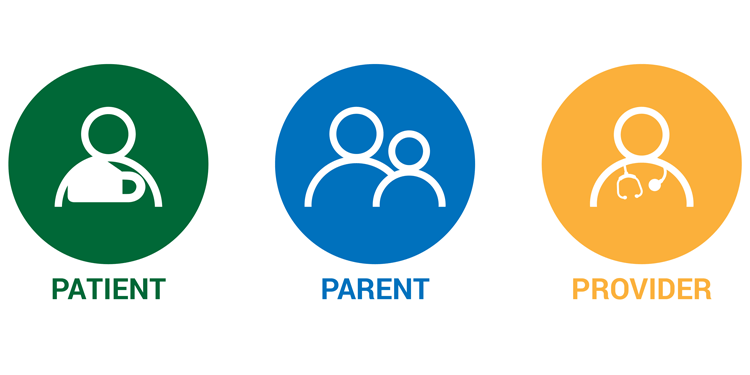The problem: Being sick is a full-time job
Further Reading
the only physician in my extended family, I get a lot of questions about health care. Sometimes I get questions about symptoms, but more often I get questions about navigating the health care system. Questions like: “Who should I see for this?” “What questions should I ask?” “What doctor would you recommend?” “Which insurance is going to be the best option for me?”
People tell me that the health care system feels like an endless labyrinth, and the confusion and complexity makes them delay care. They are burned out trying to figure it out.
What does burnout for patients feel like? It feels like a lack of control—the anxiety of going to a behemoth building with bad parking, insurance prior authorizations, extremely expensive diagnostic and treatment options, medication formularies, bewildering medical bills, multiple physicians that often have to change every year due to changes in insurance, confusion over seeing commercials for medications that “may be right for you,” potential job lock in order to keep your current insurance benefits, waiting in the waiting room for your doctor, waiting in the pharmacy for your prescriptions, waiting to hear back on your tests, etc, etc. It’s a miracle that anyone gets any care at all.
For many individuals and their caregivers being a patient is a full-time job. Patients with significant health problems have limited control over what happens in their health care experience. Practices and systems work to improve individual patient experience, which is necessary and helpful. However, patients tell us that their biggest frustration is lack of control. So how can we give patients more control over their care in the broader system?
The Solution: Include the Patients and Caregivers
For the last 17 years, we at UNI’s Neurobehavior HOME program invite patients and their caregivers to join our Patient-Parent-Provider council. We serve children and adults with developmental disabilities. At the council, we ask for specific advice. We present our ideas to improve care to get their input. Even more critically, they tell us problems or inefficiencies that they perceive and propose actionable solutions. The council goes beyond patient and caregiver satisfaction (though that is indeed an important aspect).
We are transparent with the council in hopes that they are with us as well. Constructive conversations emerge from these meetings, even if our opinions don’t always match up. Improving upon the “wicked problem” of our health care delivery system requires multiple stakeholders, especially those most impacted by our care and structure.
As a physician, my diagnostic and treatment recommendations will often go unheeded if the patient cannot navigate the system and resources required to achieve that care plan. Listening to patient’s concerns and needs often seems so basic that we may discount it. The well-being of our patients really does depend upon our ability to recognize their perspective.
How It Works
- Who Comes? About a dozen patients, caregivers, individuals representing the community resources utilized by our patients. Some are asked to be there, others volunteer on their own.
- How often? Quarterly, meetings last 1-2 hours.
- The nitty-gritty: We don’t pay them, but we do provide dinner.
See It Applied
We ask our Patient-Parent-Provider Council specific questions.
We recently asked about how to improve prescription refills. Failure to respond in the timeframe needed by our patients is a common complaint. Thought we do not yet have an ideal solution, the Council offered a few ideas that we have started working on. For example, working more closely with pharmacy requests for medication accuracy and designation of a specific individual dedicated to working on refill requests has improved our ability to more quickly respond to the needs of our patients.
We take the advice from our Parent-Patient-Provider Council very seriously, and it has led to many program improvements. We can’t fix everything that is frustrating in health care, and many things are outside of our control, but by designing with patients (not for patients) we’re making great strides.
Kyle Bradford Jones
Research* shows that nurse leader rounds improves a patient’s experience. This practice remains high on the list of manager “must-do’s.” But where to start, and how to keep going? Nurse Managers Melinda Patterson and Jane Nielsen share their practical approaches to moving this idea into action.
Patient Experience Program Coordinator Corrie Harris and Project Administrator Shayma Salih explain how to get valuable patient feedback early in your improvement efforts by meeting with the U of U Health Patient Design Studio and Advise Utah.
Four years ago, U of U Health established the Patient Design Studio—a monthly meeting where patients give feedback to frontline teams generating system improvements. Four years of deep listening and feedback reveal three insights applicable to anyone looking to make their care more patient-centered.
